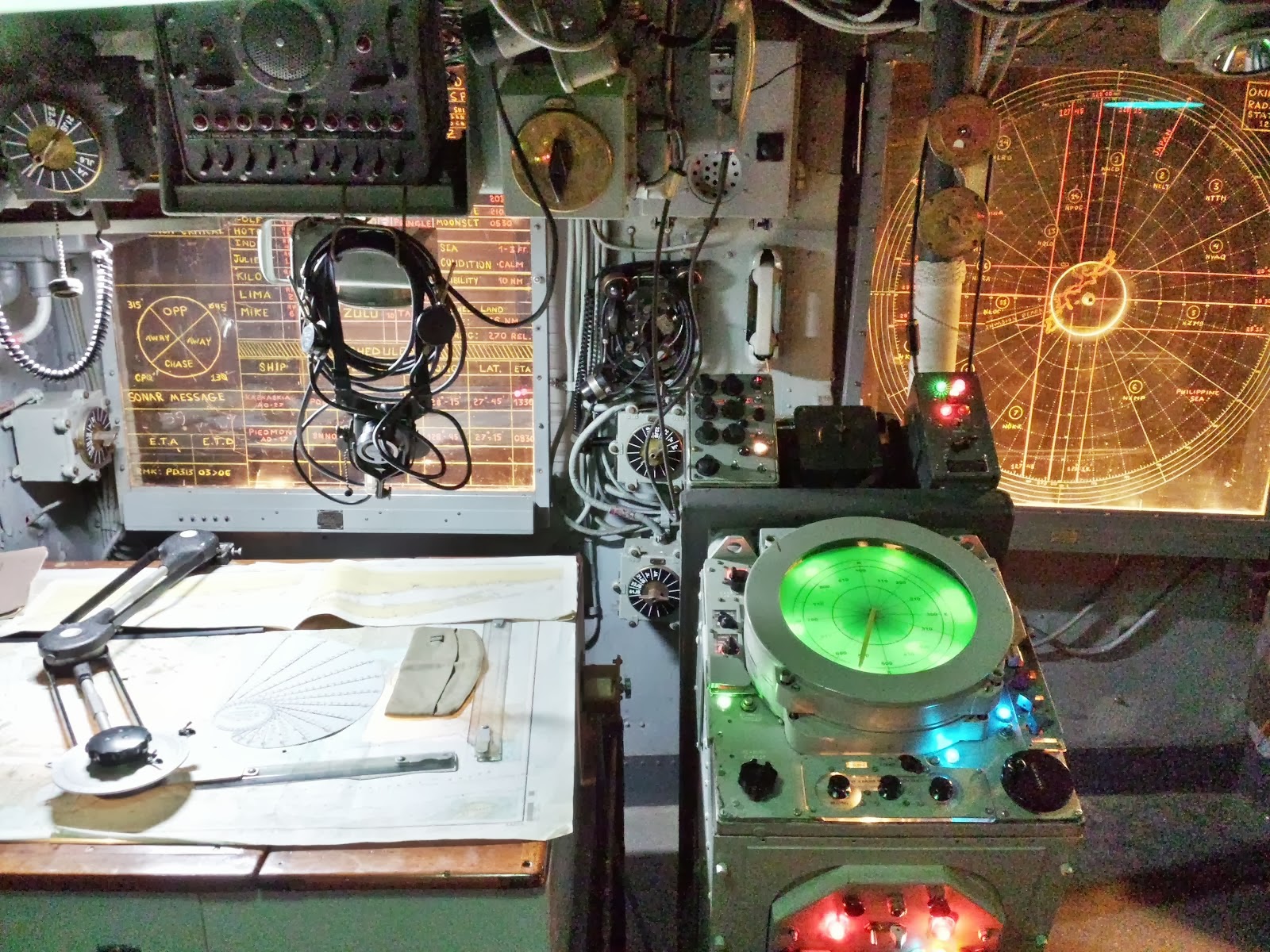 If you have been following my blog you will have read where I took the plunge and am planning on doing some portable QRP operating. I have purchased my rig (Icom 703Plus) and I opted for a Buddipole antenna system. I was looking for something light weight and versatile. I can carry this antenna system either on my ATV or while hiking. There are so many great places to operate around Denali and it combines my love for the great outdoors and my hobby. What could be better?
If you have been following my blog you will have read where I took the plunge and am planning on doing some portable QRP operating. I have purchased my rig (Icom 703Plus) and I opted for a Buddipole antenna system. I was looking for something light weight and versatile. I can carry this antenna system either on my ATV or while hiking. There are so many great places to operate around Denali and it combines my love for the great outdoors and my hobby. What could be better?I have been a bit busy but after ordering my Buddipole, it arrived here shortly after I clicked the submit button. I was surprised at how light and small the antenna is but how well constructed it seems to be. We have lots of wind here so I wanted something that could stand up to not only wind but our cold temperatures.
I decided to become familiar with my new antenna system. I started to put the antenna together last night in my garage but once I got it assembled, I wanted to get the thing outside to see how well it looked and raised. That had to wait until the sun returned. So this afternoon, I had my first Buddipole raising party (yep, I was the only one in attendance but my wife observed it from indoors). It was single digits outside but sunny. It was a breeze to raise the mast and soon my antenna was 9 or so feet above me. I stood and enjoyed the view and began to imagine all the fun I'm going to have with this antenna in the coming months. You thought I was excited about summer arriving before, well that was nothing!
 My next step will be to tune the antenna to the various bands and take some notes which will save me a bit of time in the field. I also picked up a few end fed wire antenna's that I plan on using from the mast when not using the Buddipole. I need the temperatures to get a bit warmer so the coax will cooperate. Until then, I have already decided on a few more accessories that I will need and I hope to place that order in the very near future. I'm hoping to do some operating yet this winter but I can assure you one thing, it won't be long before you hear KL8DX/P operating QRP from someplace around Denali.
My next step will be to tune the antenna to the various bands and take some notes which will save me a bit of time in the field. I also picked up a few end fed wire antenna's that I plan on using from the mast when not using the Buddipole. I need the temperatures to get a bit warmer so the coax will cooperate. Until then, I have already decided on a few more accessories that I will need and I hope to place that order in the very near future. I'm hoping to do some operating yet this winter but I can assure you one thing, it won't be long before you hear KL8DX/P operating QRP from someplace around Denali.







